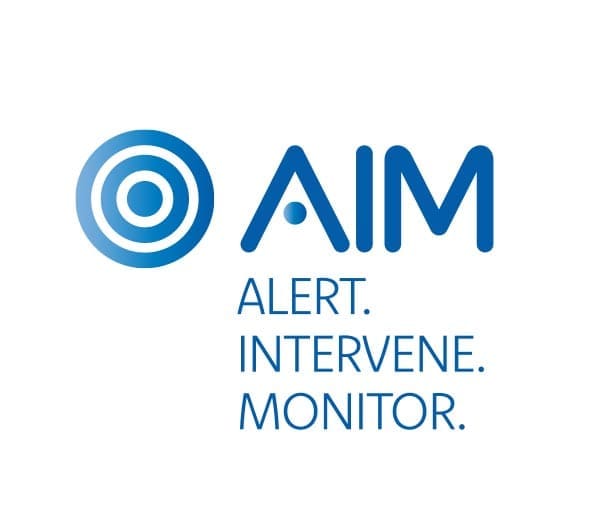Francis Toye, Founder and CEO of Unilink
With an alarming 11 million individuals currently incarcerated worldwide, prioritising mental health risks within prison systems is of utmost importance (Fair & Walmsley, 2021). The risk of suicide in prison is higher than in the general population (Fazel, Ramesh, & Hawton, 2017), and the levels of self-harm and mental health problems are disproportionately high among people in custody (Hawton K., 2014).
An innovative “Alert, Intervene. Monitor” (AIM) application has risen to this challenge. AIM represents a significant stride in transforming prison environments by analysing prisoner interactions and granting operational staff and governors valuable insights to detect vulnerabilities and risks among prisoners, particularly pertaining to suicide and self-harm.
A Revolutionary Tool for Prison Safety Built on Extensive User Research
This advanced tool analyses prisoner behaviour, focusing on their interactions with self-service systems. AIM uses data-driven methods to detect self-harm or suicide risk, enabling timely intervention. It was developed through in-depth user research to understand prisoners’ challenges, integrating empirical insights into its evidence-based functionalities.
Furthermore, the application’s design and features were informed by a comprehensive meta-analysis published in The Lancet (Favril, Yu, Hawton, & Fazel, 2020), consolidating decades of research on prison suicide and self-harm.
Enhancing data analysis and empowering prison administrators
AIM derives its power from its ability to analyse the data collected from prisoners’ self-service interactions. It takes into account both dynamic factors, such as visits, work, education, phone usage, and purposeful activities, as well as static factors like age and history of self-harm. AIM’s configurable traffic light indicators flag deviations in a prisoner’s daily routine, with the colour red indicating an immediate need for intervention. This analytical lens provides invaluable insights to prison staff and governors, allowing them to proactively monitor prisoners’ well-being and safety.
The application’s capabilities are continuously enhanced through iterative development.
AIM offers prison administrators a plethora of data visualisation options through its configurable dashboards. Population trends, targeted lists of individuals at elevated risk, and longitudinal graphs of prisoners’ behaviours provide valuable insights to guide intervention strategies. The application’s interoperability allows users to personalise dashboards to meet their specific needs, ensuring a comprehensive analysis of prisoners’ well-being.
Conclusion
Unilink’s AIM application marks a significant stride in revolutionising prison environments, as it helps identify and mitigate mental health risks among prisoners. By empowering prisoners with increased autonomy, fostering family connections, and addressing digital exclusion, the app plays a crucial role in supporting rehabilitation and desistance. AIM’s data-driven approach equips prison staff and governors with the necessary tools to intervene effectively, creating safer and more supportive prison environments for all. As AIM’s capabilities continue to be enhanced, it reaffirms its commitment to making a positive impact on the lives of prisoners and the communities they will eventually return to. With AIM’s ongoing development and customisation options, its potential to improve prisoner well-being and safety remains unparalleled in today’s prison technology landscape.
References
Fair, H., & Walmsley, R. (2021). World Prison Population List (WPPL). London: Institute for Crime & Justice Policy Research (ICPR), at Birkbeck, University of London.
Favril, L., Yu, R., Hawton, K., & Fazel, S. (2020). Risk factors for self-harm in prison: a systematic review and meta-analysis. Lancet Psychiatry.
Fazel, S., Ramesh, T., & Hawton, K. (2017). Suicide in prisons: an international study of prevalence and contributory factors. Lancet Psychiatry.
Hawton K., L. L. (2014). Self-harm in prisons in England and Wales: an epidemiological study of prevalence, risk factors, clustering, and subsequent suicide. Lancet.
Share








